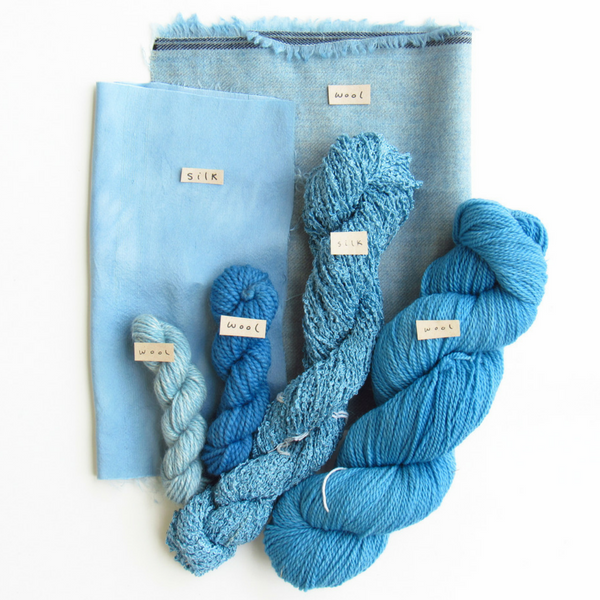This week: How to tell if you should scour your garments and do Aquarelle dyes work on cellulose fibers?
Every week, we are emailed with questions from our natural dye community asking simple and complex questions that we thought might be worth sharing. Of course, all of your burning questions are answered by natural dyer in chief, Kathy Hattori, Founder of Botanical Colors.
When should I scour the clothes I want to natural dye. Is washing in the washing machine in hot water enough?
“Scouring” is the textile term for washing or cleaning fibers prior to mordanting and dyeing, often using near boiling water. If the fiber is not clean, the mordant and dyes will not adhere well to the fiber. Fiber needs scouring if it feels greasy, stiff, sticky, tacky, smells or is visibly dirty. Products that are sold as Ready for Dyeing or Prepared for Dyeing (RFD or PFD) often need a light scour prior to use. Products sold as gray goods, greige or are in their raw state require a thorough scour. An easy way to tell if your fibers need scouring is to observe the scour water as you bring up the heat. If the water looks like weak tea (or strong tea, for that matter), then scouring is required.
Do the Aquarelle dyes work on cellulose fibers? Best on silk?
Yes, the Aquarelle dyes work with cellulose fibers such as cotton, linen, hemp, bamboo, Tencel, except for the Liquid Indigo, which works best on protein fibers. On cellulose fibers, the Liquid Indigo is a very light sky blue and is not recommended.

